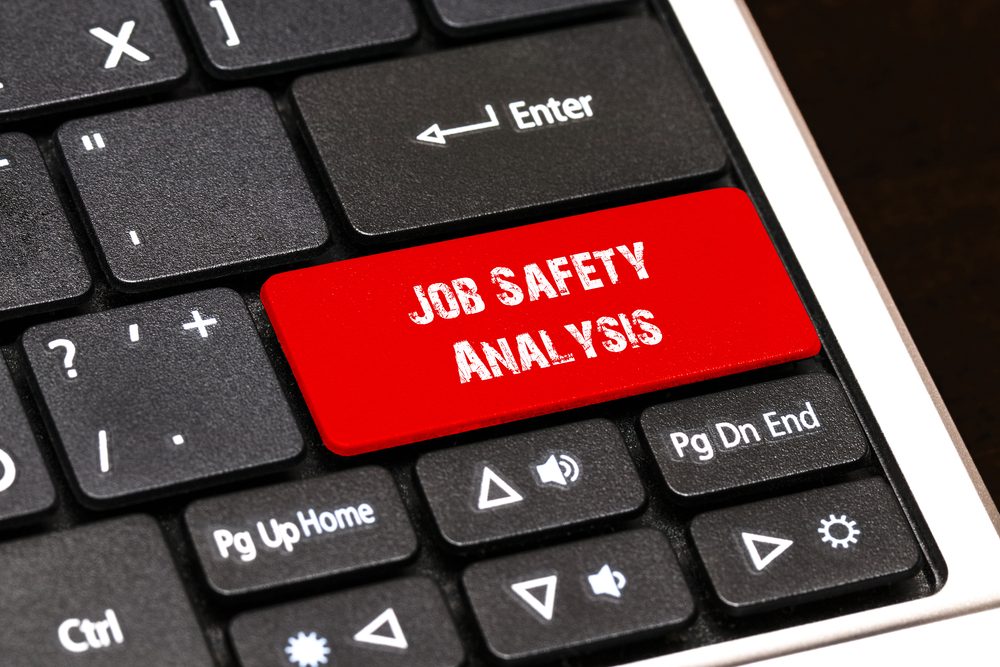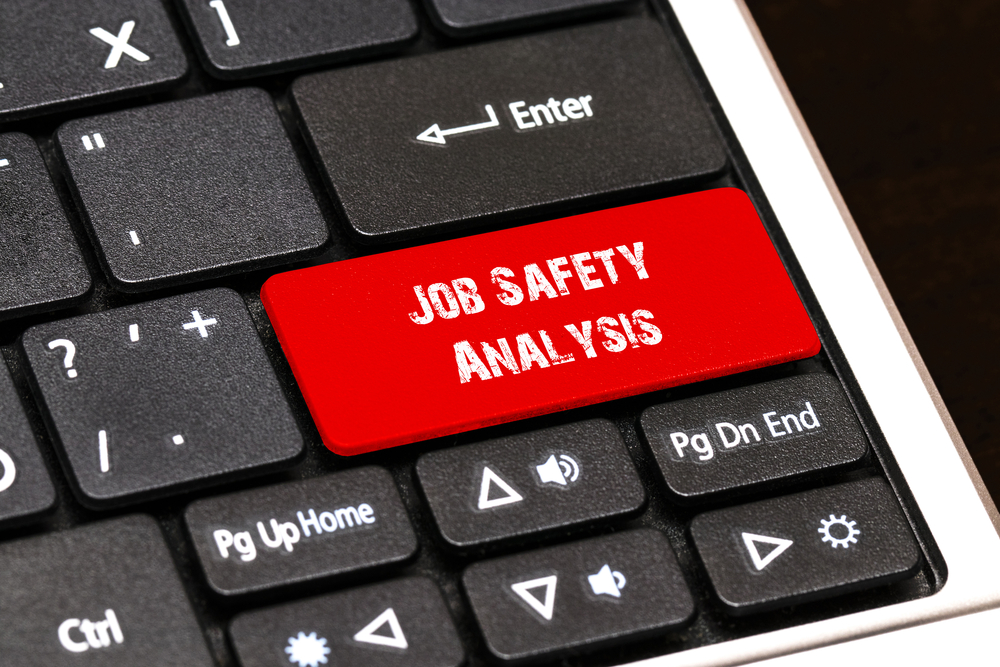

Safety on the job is not something that people in every career have to worry about. Generally speaking, the most dangerous thing most of us do at work every day is to drive to and from the office every day.
But other careers have a much higher danger factor, and it’s those positions that call for an extra layer of safety. The exact protections provided depend largely on the exact nature of the hazards involved, but they are all designed to help workers avoid injuries of all kinds, from the most minor to the fatal.
Protection of Fragile Body Parts
Although we typically think of workplace injuries as taking place in the presence of heavy equipment or power tools, the tiny things can hurt as well. Our eyesight and hearing are two things that are most difficult to repair when damaged, and countless occupations can damage both.
When you consider the many different jobs that involve pressurized pipes, inflatable equipment, and using tools to strike hard objects, you get the idea that there are many workers who need eye protection. Now that they can buy prescription safety glasses online, these workers can simultaneously correct and protect their eyesight.
The skin is another body system that needs special care. The presence of corrosion and friction in the workplace can cause immediate and long-term injuries to the skin. That carries us to our next point.
Protection From Expanding Injuries
Some injuries can seem trivial at first, but they can often lead to something much worse. These are what you might call expanding injuries, which are things that seem minor but could escalate into something more serious.
For example, it may not seem like a big deal to develop a blister at work, but your employer may feel otherwise. Workplace safety experts understand that a blister on your heel can alter your stride, and the potential exists for you to have trouble with your balance. Furthermore, workers with underlying skin conditions or complications like diabetes can quickly see a minor skin abrasion turn into something much more serious.
The same can be true of a tiny cut or scrape if the work environment is rife with bacteria that could cause a serious illness. Consequently, maintenance of tools and work surfaces is essential to reducing the risk of even minor lacerations.
Ergonomic Protection
Sometimes the “blister” is on the inside. Over the last couple of decades, we have learned a lot about ergonomic injuries. These encompass any type of injury that is suffered after many hours are spent doing the same physical activity.
A condition that was identified early in this process was carpal tunnel syndrome, a serious affliction that affects the hands and wrists when the person has worked a long time at similar work like product assembly or even data entry.
While braces and posture aids can be used by the worker to help mitigate the effects of ergonomic injuries, many of the things that help prevent ergonomic injuries are adaptations to the work itself. This can include wrist support with keyboards and elevated workstations in manufacturing. And another strategy is simply to re-assign workers periodically to new tasks so that they don’t work too long at the exact same thing.
There are dangers in every job, including its daily commute. In some cases, there’s not much that can be done to prevent injury. But for most jobs, a combination of good training, smart workers, and modern safety equipment both on the body and on the equipment can help to ensure the lowest possible risk of injuries. With each passing day, this combination becomes better targeted and more effective, opening the door to an injury-free workplace.
Leave a Reply